Genus species:
Streptopelia decaocto
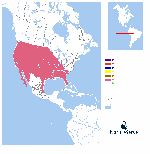
Enlarge Map
External Sites:
Cornell
USGS
Image Search
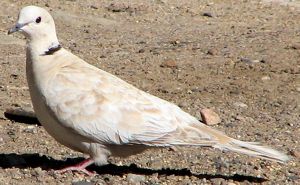
Sayornis saya
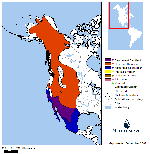
Enlarge Map
External Sites:
Cornell
USGS
Image Search
Usually seen on posts or single stalk plants in agricutural areas "hawking" insects.
It's call is a slow, plaintive, downward slurred "pee-ee". At close range, may hear "pit,pee-ee".
Distinctive peach-colored belly.
This species regularly builds nests under people's portales.
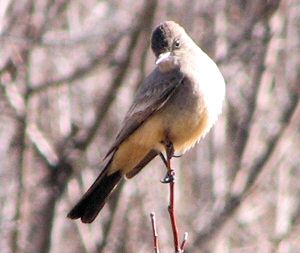
Rinconada
Cyanocitta stelleri
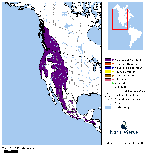
Enlarge Map
External Sites:
Cornell
USGS
Image Search
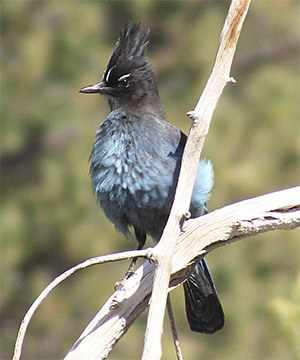
Pot Creek, May 11, 2013 Enlarge
Aphelocoma californica
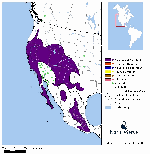
Enlarge Map
External Sites:
Cornell
USGS
Image Search
Note white throat and faint white eyebrow.
Also brownish-gray back.
Distinguished from the Pinyon Jay by longer tail and solitary behavior.
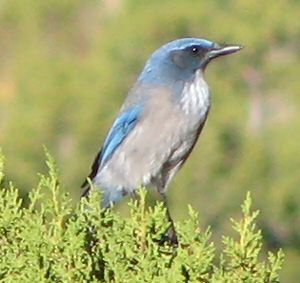
Arroyo la Mina
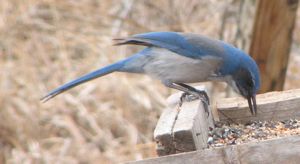
Cañoncito
Pica hudsonia
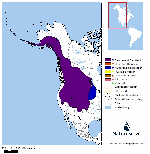
Enlarge Map
External Sites:
Cornell
USGS
Image Search
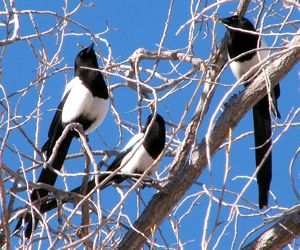
El Bosque
Corvus corax
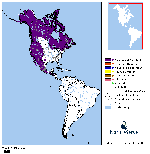
Enlarge Map
External Sites:
Cornell
USGS
Image Search
By sound, a throaty chortle or shout.
In flight, the tail often appears wedge shaped.
Ravens are often solitary, but sometimes appear with a few other individuals.
Often soars like a hawk. Crows do not.
Bill is thick and heavy. The throat is shaggy compared to the Crow.
Breeding pairs perform synchronized flight high overhead.
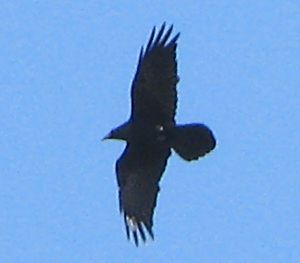
El Bosque
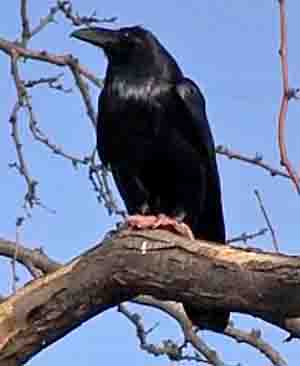
Camino de los Marquez, Santa Fe
Poecile atricapillus
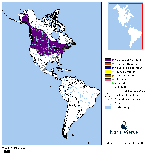
Enlarge Map
External Sites:
Cornell
USGS
Image Search
During breeding season, gives a high descending two pitched
fee-bee.
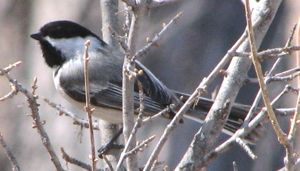
El Bosque
Baeolophus ridgwayi
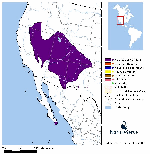
Enlarge Map
External Sites:
Cornell
USGS
Image Search
Some of its vocalizations similar to Chickadee.
Often detected by soft woodpecker-like tapping on branches.
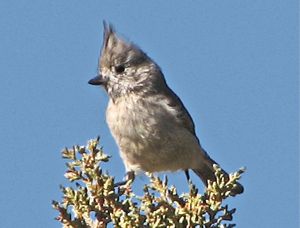
Sitta carolinensis
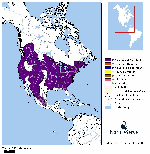
Enlarge Map
External Sites:
Cornell
USGS
Image Search
Relatively long, sharp bill.
Only local species that walks down tree trunks upside down.
Often heard at a distance: Rapidly repeated nasal "huh". Usually 5-8 sounds, all at same pitch.
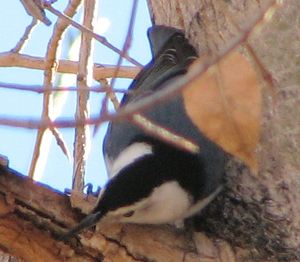
El Bosque
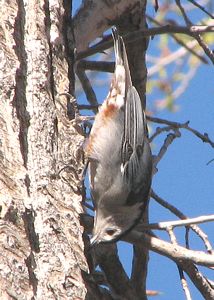
El Bosque
Certhia americana
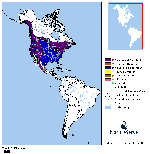
Enlarge Map
External Sites:
Cornell
USGS
Image Search
Generally noticed when it flies to the base of a tree.
After ascending the trunk, it flies again to the base of another tree.
Note: Slightly decurved bill.
Generally ascends trunk in a spiral motion.
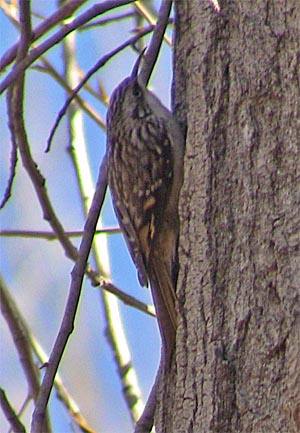
El Bosque, December 1, 2012
Thryomanes bewickii
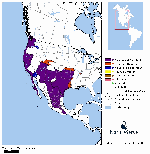
Enlarge Map
External Sites:
Cornell
USGS
Image Search
Most often seen at transition from Piñon-Juniper to agricultural or riparian areas.
Song similar to Song Sparrow, but is "buzzier" and consistently ends on a clear trill.
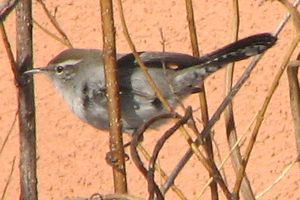
El Bosque
Sialia mexicana
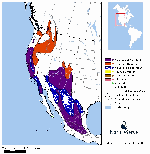
Enlarge Map
External Sites:
Cornell
USGS
Image Search
During breeding season, colors more intense than shown here.
Female (lower photo) has blue in wings, but appears gray from front with a light buffy breast.
Note white eye-ring.
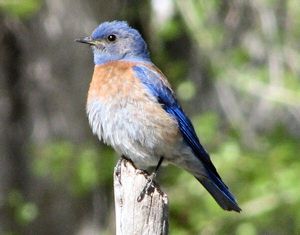
El Bosque
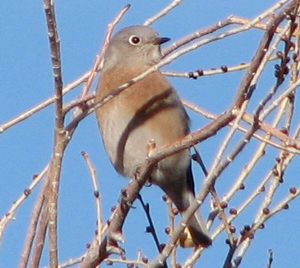
El Bosque
Myadestes townsendi
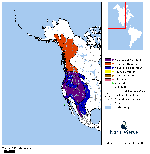
Enlarge Map
External Sites:
Cornell
USGS
Image Search
Gray all over with white on sides of tail.
Fluttery in flight, with cream-colored bands running the length of each wing on the underside.
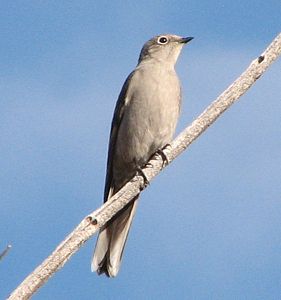
Turdus migratorius
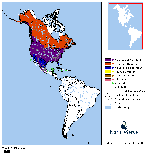
Enlarge Map
External Sites:
Cornell
USGS
Image Search
Note reddish breast, light colored bill and large white split eye-ring.
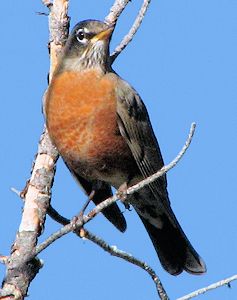
El Bosque
Pipilo maculatus
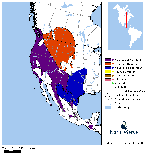
Enlarge Map
External Sites:
Cornell
USGS
Image Search
Occasionally you will see one at the edge of the road or briefly flying from one shrub to the next.
However, they regularly produce a contact call, a low growl.
Hear Contact Call
If you listen for that call and follow it, may be rewarded with a view of this lovely bird with a red eye.
Note white breast with rufous (reddish) flanks.
Lower Photo shows bird in its preferred habitat.
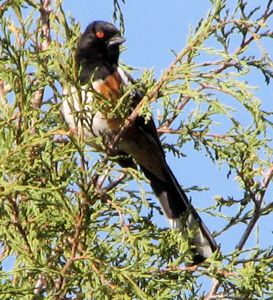
Arroyo la Mina
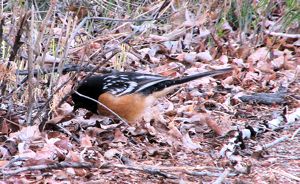
El Bosque Enlarge
Pipilo fuscus
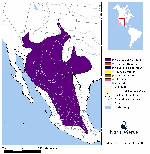
Enlarge Map
External Sites:
Cornell
USGS
Image Search
Note the buffy cap on head and buffy feathers under the tail.
Dark central spot visible on breast.
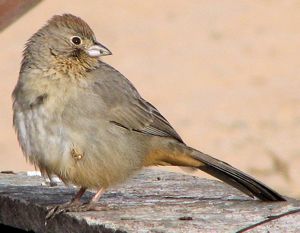
La Bolsa
Junco hyemalis
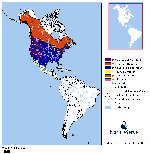
Enlarge Map
External Sites:
Cornell
USGS
Image Search
Almost always in flocks of 10-20 individuals. Identifiable by a very "dry" sounding "tck-tck" and by white showing on the sides of the tail, especially in flight.
Do a an Image Search (at left) to get an idea of the great variation in the plumage of this species.
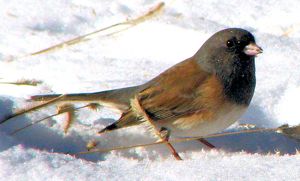
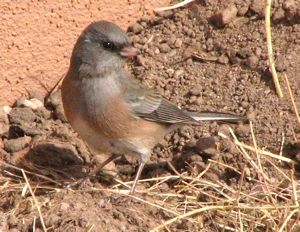
Carpodacus mexicanus
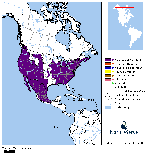
Enlarge Map
External Sites:
Cornell
USGS
Image Search
Male (upper picture) is easily identified by red plumage on head, throat, breast and rump.
Female (lower photo) does not have red.
Both sexes have streaking on breast, belly and flanks.
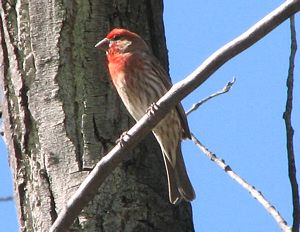
Arroyo La Mina
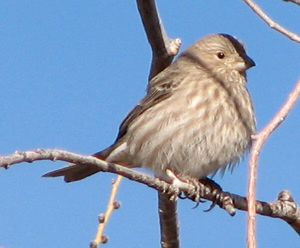
Arroyo La Mina
